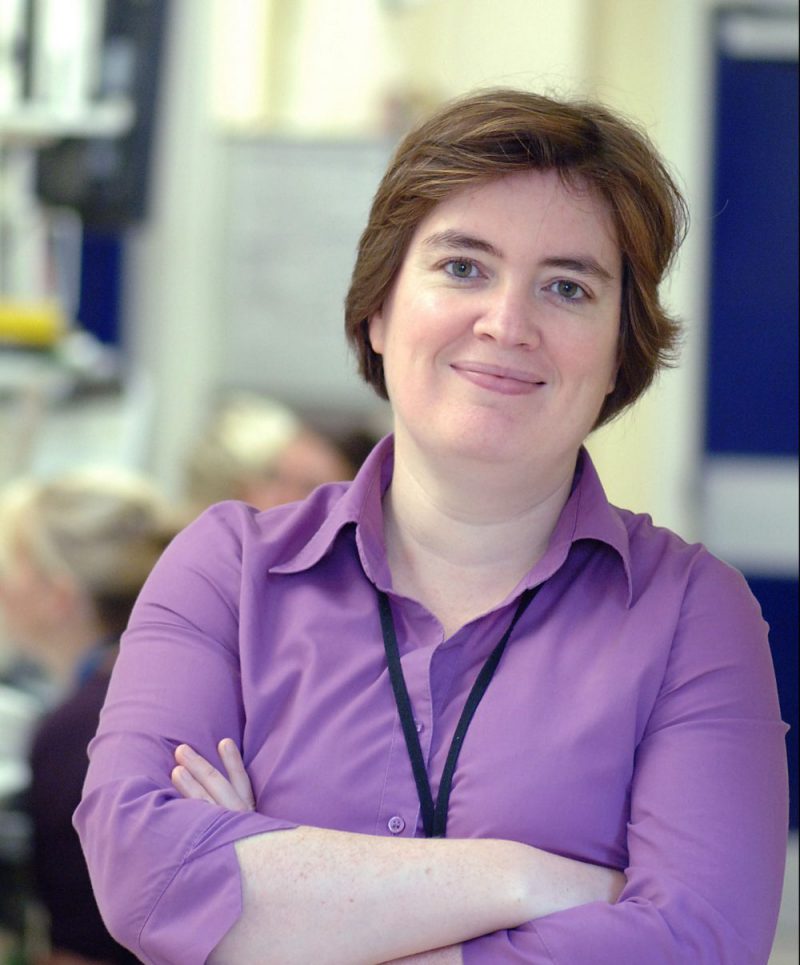
January 1, 2020, by mszrm4
Evidence-based Education
December’s N.A.M.E. blog is written by Dr Nicola Cooper, Clinical Associate Professor in Medical Education
If you talk to any healthcare professional about evidence-based clinical practice, it’s a no brainer. Originally defined as ‘the conscientious, explicit, and judicious use of current best evidence in making decisions about the care of individual patients’ (Sackett et al, 1996), no clinician would object to this principle. But when it comes to evidence-based education – the use of well-designed scientific studies to determine which teaching and learning methods work best – let’s just say that medical education has a long way to go.
The fact is, it really matters (to patients, to my employer and to my regulatory body) how I practice medicine, but it could be argued that it really doesn’t matter how I practice as an educator (to my learners, to my employer and to my regulatory body) – as long as my learning environment is a good one and learners rate it favourably. (One randomised controlled trial by Hessler et al (2018) even showed that availability of cookies during teaching improves student evaluations of teaching). This is a problem, and here’s why.
First, there is a wealth of evidence out there about the science of instruction and the science of learning (Weinstein & Sumeracki, 2019; Busch & Watson 2019; and Hattie & Yates 2014 are a few examples for beginners). There are also many ‘Edu-myths’ that continue to be perpetuated (learning styles is a good one). However, many clinical teachers and even senior educators are not familiar with evidence-based education. This means that while a lot of teaching might be going on, not so much learning that sticks might be going on.
Second, learning that sticks matters. ‘One primary goal of medical education, and education in general, is to generate long-term learning, not just memories that decay quickly after a given lecture, [workshop] or test. This raises the important question as to how the educational process itself might be tailored to shift learning in to longer-term memory’ (Kerfoot et al, 2007). Studies show that most students use the least effective study strategies (Hartwig & Dunlosky, 2011) and teachers in medical education tend to use the least effective teaching strategies. Prober & Heath (2012) wrote in the New England Journal of Medicine, ‘Since the hours available in a day have not increased to accommodate the expanded medical canon, we have only one realistic alternative: make better use of our students’ time. We believe that medical education can be improved without increasing the time it takes to earn a medical degree, if we make lessons “stickier” (more comprehensible and memorable).’
In September 2019 we launched our Massive Online Open Course (MOOC) ‘Developing Expert Educators for Healthcare Professions’ in association with FutureLearn and colleagues from the School of Health Sciences. Over 1000 participants from all around the world engaged in enthusiastic conversations with each other over a 6-week period in a taster of evidence-based education and myth busting. As a team, we have also been encouraging local clinical teachers to meet together to talk about their teaching in a series of TeachMeets, and our Masters programme focuses on developing participants’ professional identity as expert educators. Clinicians are, in general, good at explaining things. But this is not the same as evidence-based education.
This New Year, let’s make a resolution: to give evidence-based education practice the same priority as we give evidence-based clinical practice. Like all resolutions this may require shedding old familiar, comfortable habits for new, uncomfortable ones. Just like the couch to 5k course I’ve just enrolled on. Happy New Year!
Nicola Cooper is a consultant physician, training programme director, Senior Fellow of the Higher Education Academy and faculty member of the MMedSci (medical education) at Nottingham
References
Busch B and Watson E. The science of learning. 77 studies that every teacher needs to know. Routledge, 2019.
Hattie J and Yates G. Visible learning and the science of how we learn. Routledge, 2014.
Hessler M, Popping DM, Hollstein H et al. (2018). Availability of cookies during an academic course session affects evaluation of teaching. Medical Education; 52(10): 1064-1072
Kerfoot BP, DeWolf WC, Masser BA et al (2007). Spaced education improves retention of clinical knowledge by medical students: a randomised controlled trial. Medical Education; 41: 23-31
Prober CG & Heath C. (2012). Lecture halls without lectures – a proposal for medical education. NEJM; 366(18): 1657-1659
Weinstein Y and Sumeracki M. Understanding how we learn: a visual guide. Routledge, 2019.
No comments yet, fill out a comment to be the first

Leave a Reply